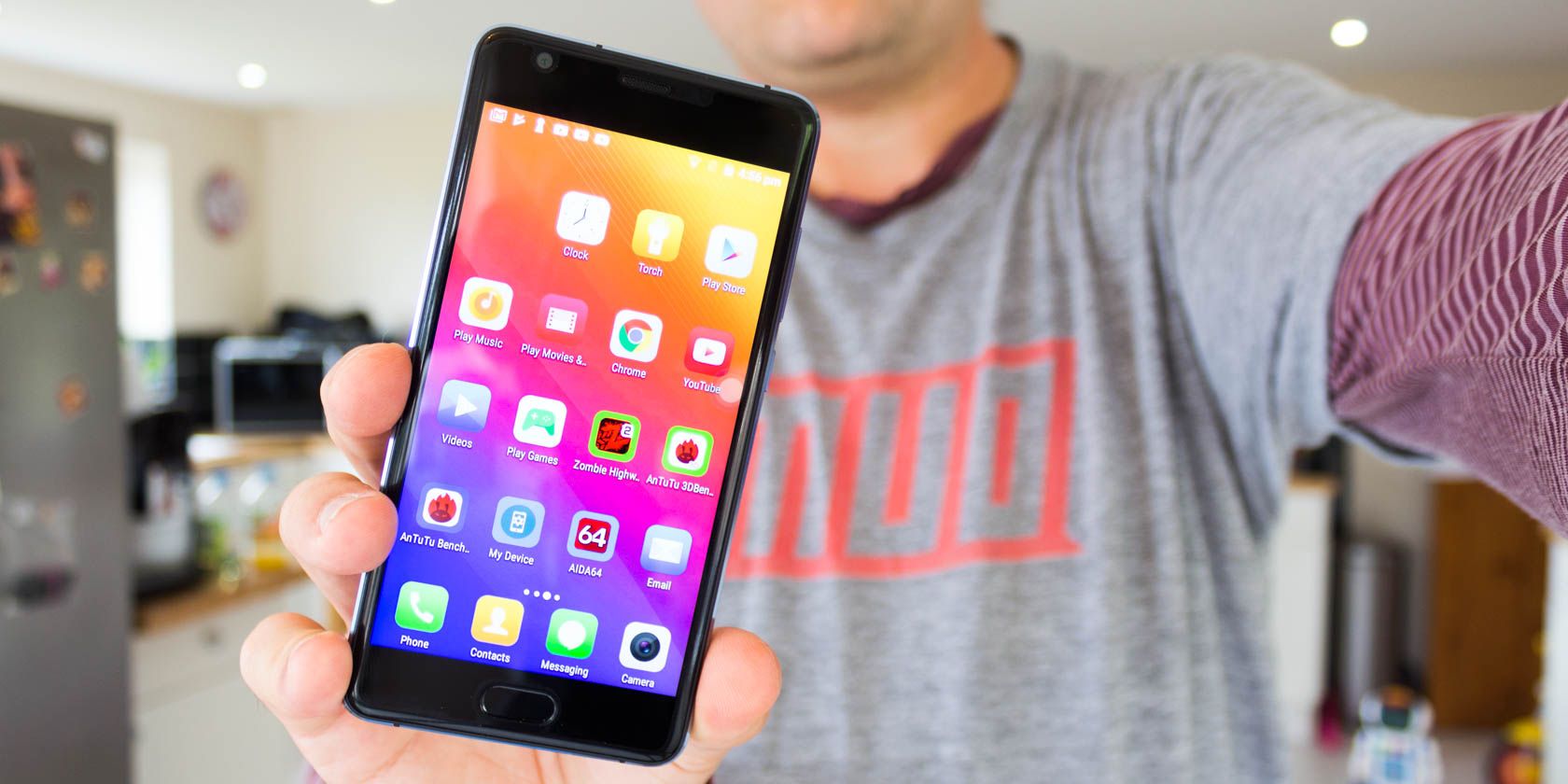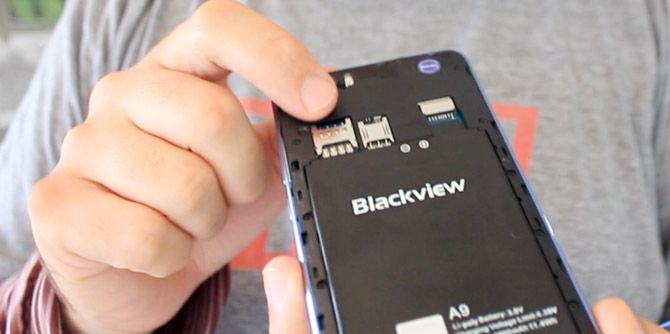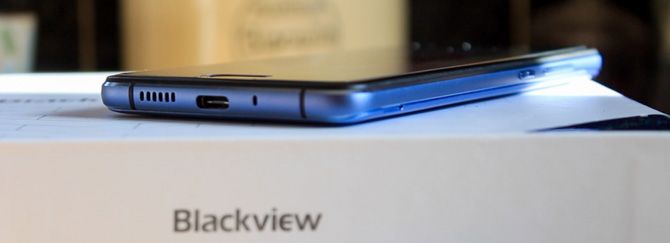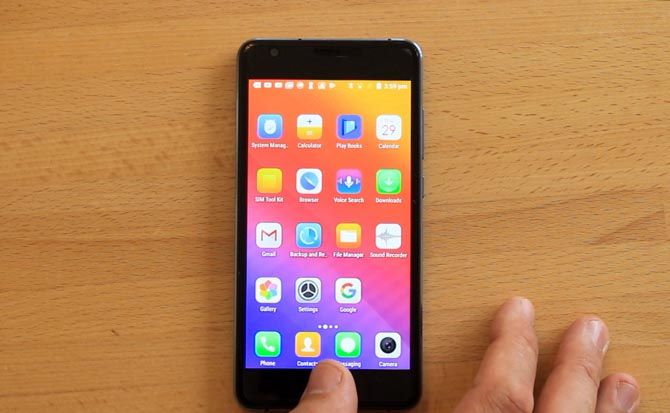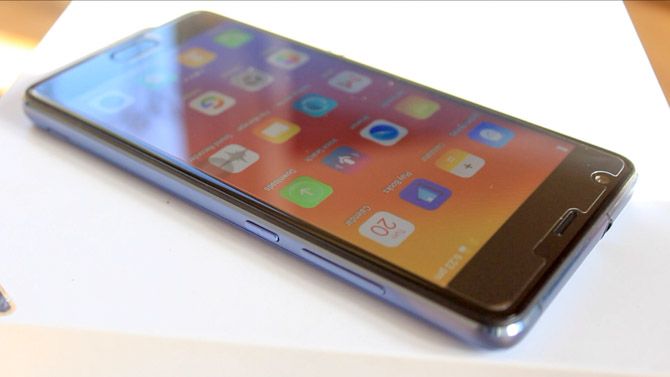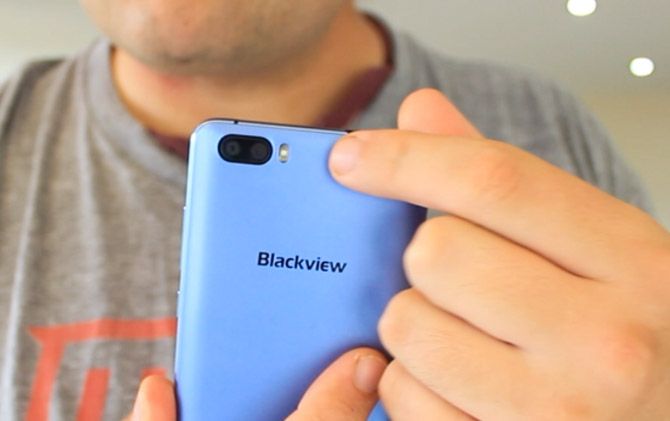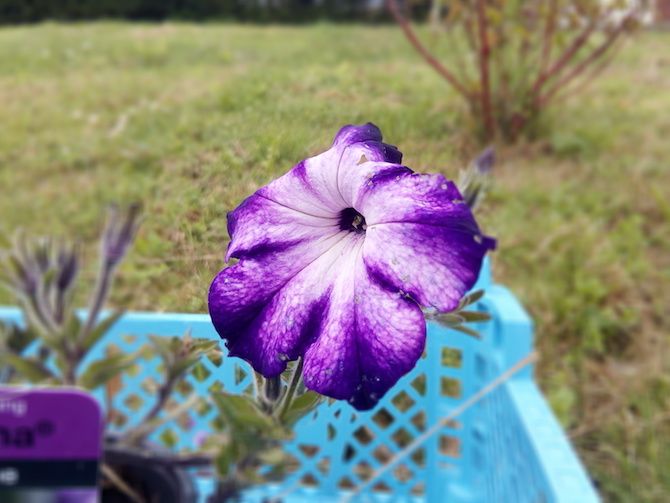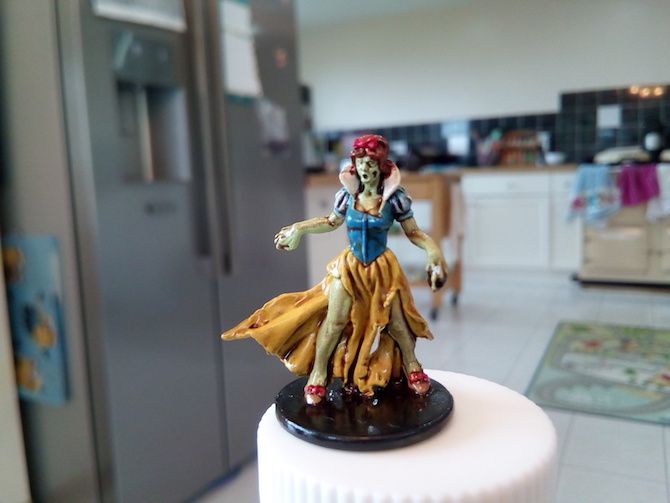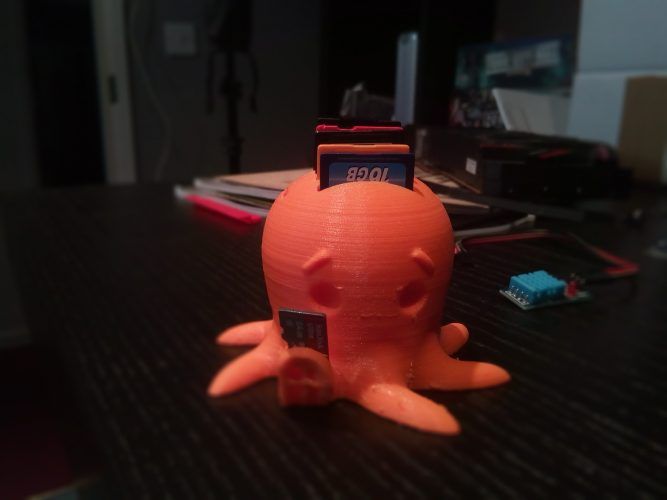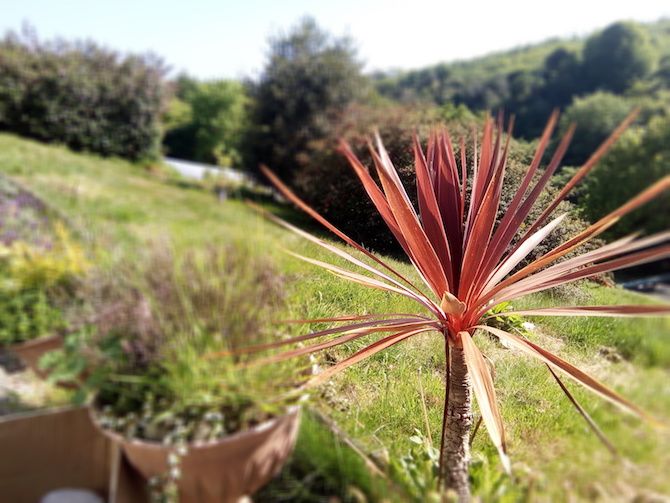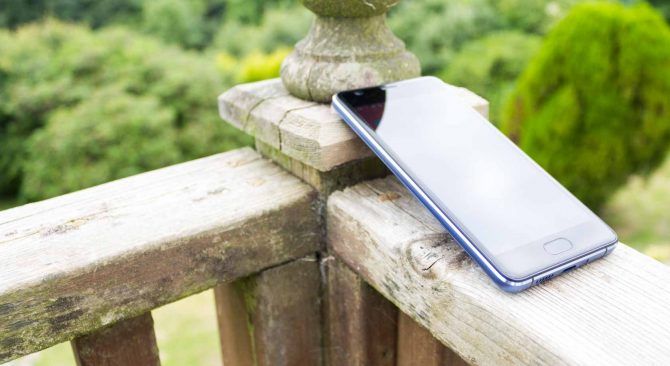Blackview A9 Pro
Above average photos and generally snappy performance make this a bargain budget device, but my doubts about the authenticity of the second camera sensor make me hesitant to fully recommend the A9 Pro.
The A9 Pro is an ultra-budget smartphone at just $100 -- and it's even got a dual-sensor camera. With above-average photo quality, is this a great all round budget device? Read on to find out.
Specifications
- MTK6737 1.3Ghz quad-core CPU
- 2GB RAM
- 16GB storage + microSD expandable
- Dual SIM slots
- 8MP+0.3MP dual-lens rear camera, 2MP front-facing camera
- 5 inch, 1280 x 720 (720p) screen
- 3.5mm headphone port, USB-C charging
- Fingerprint and proximity sensor, FM radio
- 3,000mAh battery
- Notification Light
- Android 7.0 with custom skin
You can pick the A9 Pro up for just $100: that's a bargain. It's available in black, golden, white, or blue. We've reviewed the blue model, and you can win one too on the new MakeUseOf Giveaways page. Inside the box you'll find all the usual gubbins: charger, cable, in-ear headphones -- as well as a simple gel case, and a spare screen protector (the phone ships with one already applied).
The front glass is described as 2.5D "curved", but it's really more just ever so slightly chamfered, and I had to look closely to even notice. The display itself doesn't wrap around that edge curve either, so don't expect anything bezel-less. A metal band runs around most of the sides, with a rear plastic cover that snaps off to reveal the dual SIM, micro-SD slot, and battery.
The plastic back panel keeps the phone lightweight at just 171g, but will be more prone to scratches. A basic gel case is included though, to mitigate scratches if you're worried (then again, the phone is cheap enough that you might not bother). If you're a frequent traveller with multiple SIMs, or like to swap your storage around, you'll definitely appreciate the easy access to those slots compared to the usual tray that slides out of the side.
Interface
Taking design cues from iOS and MiUI, the Blackview A9 Pro interface is colorful, with icons splayed across home screens and an app bar for your favorites. But while Xiaomi pulls this off intuitively, the Blackview launcher can be quite frustrating. It's responsive enough, but they're removed capacitive buttons for back and recents, leaving only a single capacitive home button and fingerprint sensor in the middle. You can enable software buttons if you like, but they're not on by default and as a relatively new Android user, that's quite off putting.
Blackview have also implemented what they call a "Floatview". Drag up from the bottom right corner to access your own little pull-out menu of common functions, like screenshots or multitasking, or quick gesture. The gesture system is yet another attempt to solve an imaginary problem, which only serves to complicate an already fragmented ecosystem. After recording a gesture, such as drawing a C shape, you can assign it to an app or function, like opening the camera. More often than not, exiting to the home screen and simply finding the icon will be quicker that dragging up the menu, opening the quick gesture panel, drawing your gesture (if you can even remember what it was), and waiting for it to recognise. The more gestures you have, the less accurate it'll be. This doesn't save time -- it just over complicates what should be intuitively done elsewhere.
Thankfully, if the theme isn't to your liking, it's easy enough to install the Google Now launcher from the Play store, and set that as your default home screen instead. You should probably do that immediately, as well as enabling the on-screen recents and back button.
Like many Chinese imports, the translation to English for various parts of the interface didn't go so well. The camera presents you with four options: pano, photo, video, and broken. Presumably, they mean "bokeh", since that's the mode in which the background is blurred out, with the help of the second camera sensor. Elsewhere the intended translations aren't so obvious (the gesture system is "somatosensory"), so you may need to experiment a little to figure out exactly what they mean. I can only recommend they break into the budget a bit to hire a native speaker and give interface elements the once over in future. The system could also benefit greatly from an enhanced setup procedure, explaining exactly what those optional features are and how to use them effectively.
Performance and Battery Life
The interface is generally quite snappy, likely due to the fact that the 5" screen is only 720p, so there's less pixels to push around. However, an ever so slight input lag throughout eventually starts to grate, if you're used to a flagship device. Even at the unlock screen, numbers appeared a few too many milliseconds after I typed them.
Antutu scored the device a very average 30,000. I had no issues with casual gaming, however, and generally speaking web pages were smooth to scroll.
With a 3000mAh battery, you can expect at least a day of medium usage, but no more. We managed anywhere from 4-6 hours of screen-on time. Stand-by time was good few days with light usage. In short, you won't be disappointed by battery life, but you won't be blown away either.
Are My Fingers Are Broken?
Three times I set up the fingerprint sensor, all for a single thumb. Three times it worked initially, then barely ever again. Around 1 in 5 attempts were successful on the first try, while the rest failed completely -- to the point that in the end I gave up and used a PIN instead. This is a problem I often find on budget Android devices though, not specific to the Blackview phone. Either my thumb is very dodgy and I lack a clearly defined fingerprint, or the cheap sensors they use just aren't up to the task.
Image Quality
Given that having dual camera sensors is one of the few unique selling points of this otherwise budget device, the quality of photographs you can get out of it is pretty important. I have good news, and bad news.
The good news is that photographs taken with this device actually look really good. A budget 8MP sensor it may be, but in good lighting you'll get really nice shots from bokeh mode especially, perfect for your Instagram feed. Here's some sample photos.
So the photos look pretty good then. The bad news is that I'm not entirely sure what that second sensor is doing, if anything. In theory, it should help to identify the actual subject of the photo, then use that information to keep only the subject in focus while only the background is blurred out. Sometimes this works great. Sometimes however, it looks as though it may literally be applying a radial software blur centred wherever you click, like in this case, where you can clearly see the bush that's 10m away has remained in focus. It shouldn't be, if the sensor is working correctly.
I'm not going to accuse Blackview as using a second sensor as a cheap marketing trick, and I'm fairly certain it isn't fake -- the camera app did display a warning message when I covered up the second sensor -- I just can't see any actual benefit on any of the comparison photos I took.
Don't get me wrong though: the photo quality coming out of A9 Pro is well above average considering the price. Obviously, it's not iPhone 7 good, but are you Instagram followers going to know the difference on their little 5" screens? I highly doubt it. You won't be disappointed with the photographic quality of this $99 smartphone, that's for sure.
Should You Buy the Blackview A9 Pro?
With that sweet ultra-budget price point, you should set your expectations appropriately, and you won't be disappointed. If anything, you'll be impressed by the camera. The interface is vastly improved over their previous gold-plated UI on the Blackview P2, but I still struggle to see why they even bother with a custom UI at all. Simply producing a nice device with a nice camera and running native Android 7.0 would be more than enough. However, my doubts about the usefulness of that second camera sensor make it difficult to give a full recommendation.

